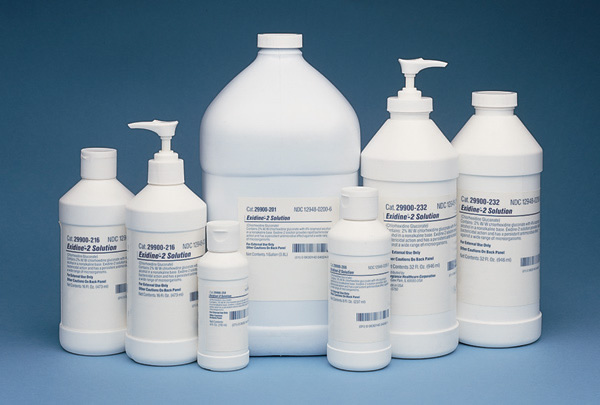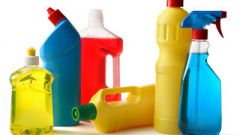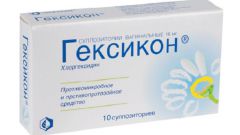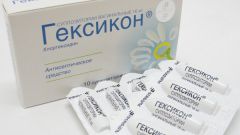Instruction
1
Chlorhexidine has a different concentration of active substance is chlorhexidineand digluconate. 0,05-0,2 %-s ' solutions are used for the care of patients who have undergone ENT surgery or surgery in the treatment of purulent wounds, burns, bacterial and infectious diseases of the skin and mucous membranes in dentistry. In addition, this solution is used for the prevention of infection in gynecology, obstetrics and surgery, for example in the processing of the genital tract before the start of operations.
2
A solution of chlorhexidine to 0.5 % concentration is used for the treatment of burned and infected skin. This solution is used for sterilization of medical instruments. 1 % solution used to disinfect medical equipment and instruments that cannot be subjected to heat treatment.
3
As a therapeutic and prophylactic chlorhexidine applied topically and locally in the form of rinses, irrigation, and applications. This solution is applied to the damaged surface of the skin or mucous membranes within 1-3 minutes 2-3 times a day.
4
Treatment of medical instruments is carried out by soaking and working surfaces are wiped with a clean sponge dipped in the chlorhexidine solution.
5
Chlorhexidine solution is effective as a prevention of sexually transmitted diseases. For this purpose no later than 2 hours after sexual intercourse, you need to enter the solution (0,05 %) vagina (5-10 ml) and the urethra (2-3 ml) and treating the surface of pubis, external genital organs. In the treatment of urethritis the solution is injected into the urethra 1-2 times a day for 10 days.
6
Vaginal suppositories with chlorhexidine are used for prevention of urinary infections and their treatment. They have different concentrations of active substance, so can be used in the treatment of children and adults. Gel chlorhexidine is used as a lotion, as a solution, topically 2-3 times a day. There is also a patch with chlorhexidine. Paste it on the damaged area of the skin very gently without touching the sterile surface.
7
Side effects from the use of chlorhexidine are very rare. However, in some cases, there are allergic reactions on the skin (itching, rash). With prolonged use of chlorhexidine to rinse the mouth can begin the formation of Tartar, as well as change the color of the enamel.




